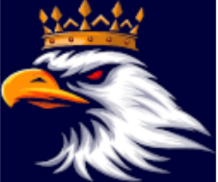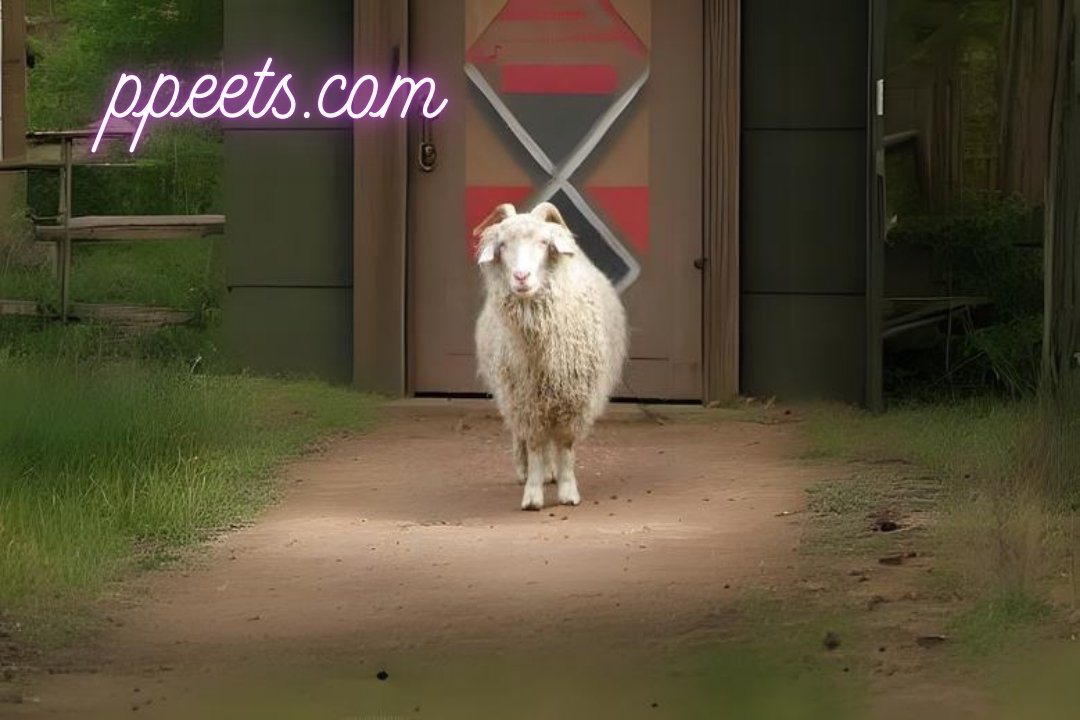Introduction to the Angora goat
Angora goats, regarded for their lavish mohair fiber and smooth appearance, have a rich history going back hundreds of years. Starting from antiquated Turkey, these goats have become valued resources in the material business around the world.
This article dives into the intriguing universe of Angora goats, investigating their beginnings, actual traits, fiber creation, financial significance, the board rehearses, and social commitments.
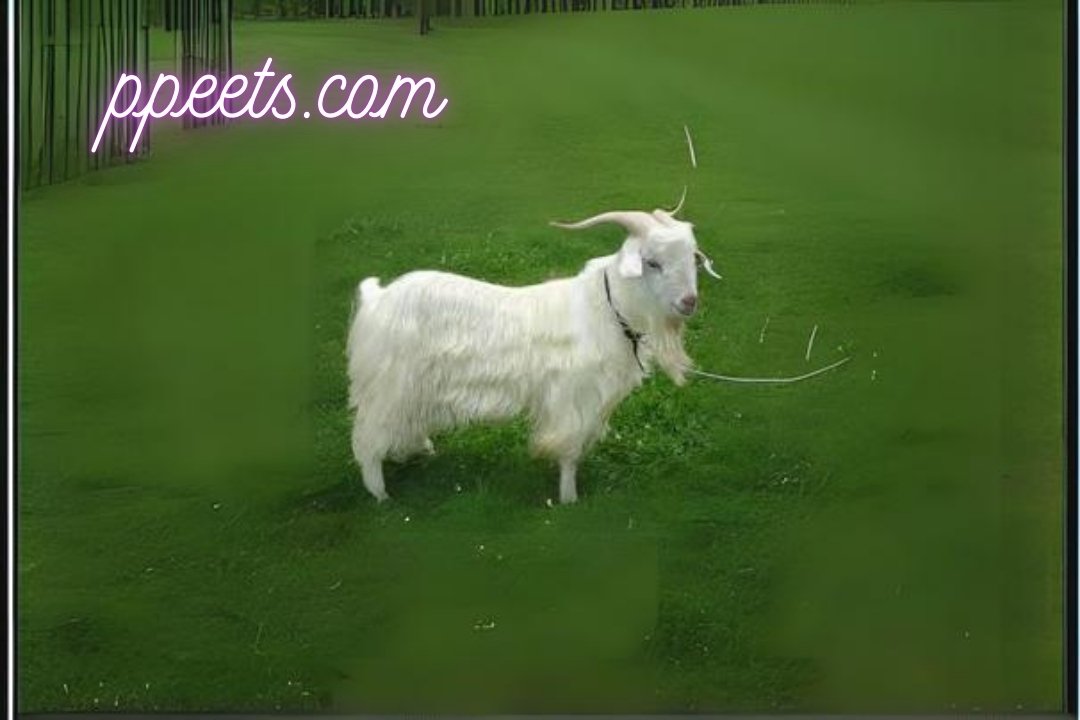
Antiquated Roots
Angora goats follow their heritage to the rough scenes of old Turkey, where they were specifically reproduced for their delicate and glistening mohair fiber. The variety’s name is gotten from the verifiable district of Angora (current Ankara), which filled in as a middle for mohair creation and exchange.
Over hundreds of years, Angora goats were specifically reared to upgrade their fiber quality and yield. First experience with Europe and accordingly to different mainlands worked with the development of mohair creation all around the world. Today, Angora goats are brought up in different nations with reasonable environments for fiber creation, adding to the worldwide material industry.
Angora goats are recognized by their exquisite appearance, described by a thin casing, long, spiraling horns, and particular facial profile. They show a refined and effortless disposition, which mirrors their legacy as valued fiber makers.
Coat and Fiber Quality
The sign of Angora goats is their rich mohair fiber, known for its delicateness, sheen, and solidness. Mohair strands fill in thick curls or locks, which are sheared yearly to create excellent yarns and materials. The fiber’s regular brilliance and strength make it ideal for many items, from attire to upholstery.
Angora goats are famous for their productive mohair creation capacities. They yield significant amounts of mohair with every yearly shearing, which shifts in quality and surface in view of elements like age, sustenance, and hereditary qualities. Mohair from Angora goats is valued for its flexibility in turning, winding around, and weaving, offering originators and craftsmans an exceptional material for making sumptuous pieces of clothing and materials.
In the worldwide material market, mohair delivered by Angora goats holds huge monetary worth. Its popularity in extravagance design, inside decorations, and modern applications highlights its job as a sought-after specialty fiber. Mohair creation upholds vocations in country networks where Angora goats are raised, adding to nearby economies and maintainable rural practices.
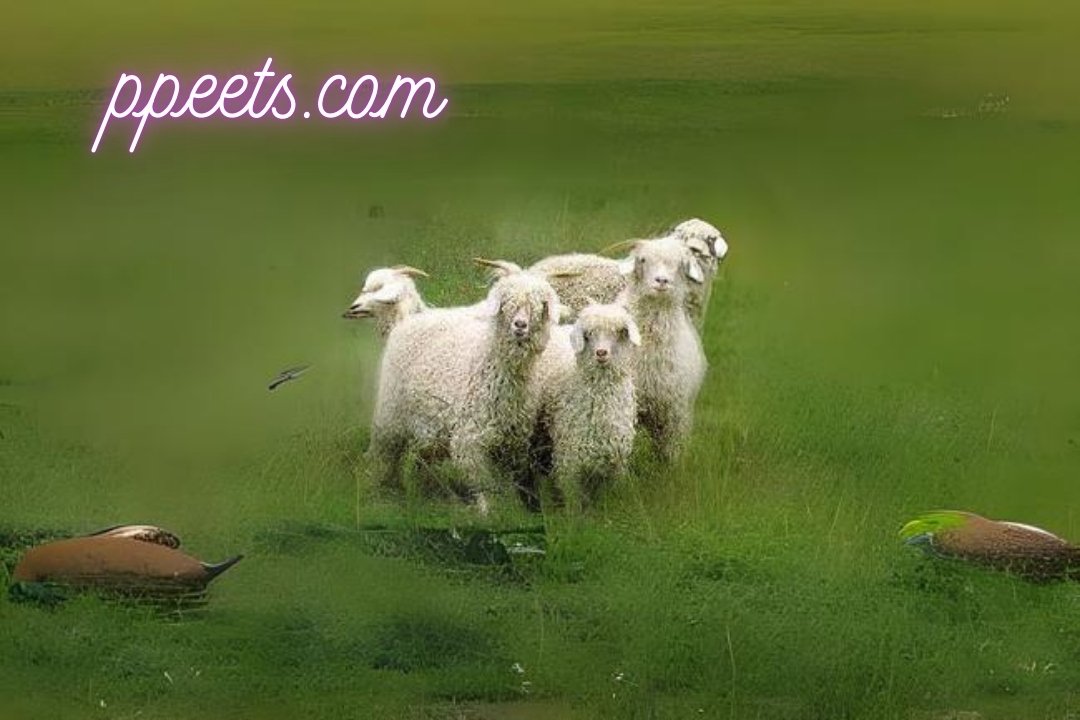
Reproducing and Determination
Fruitful mohair creation depends on powerful rearing methodologies that focus on fiber quality, yield, and creature wellbeing. Reproducers specifically mate Angora goats in light of positive characteristics like fiber fineness, length, and variety, meaning to upgrade hereditary variety and further develop group efficiency.
Giving a reasonable eating regimen plentiful in protein, minerals, and nutrients is critical for keeping up with the wellbeing and life of Angora goats. Sufficient field the board, enhanced with excellent rummage and admittance to clean water, upholds ideal fiber development and generally speaking prosperity. Routine wellbeing checks, parasite control, and immunization conventions are fundamental for forestalling sicknesses and guaranteeing the life span of the crowd.
Angora goats hold social importance in locales where mohair creation is a customary art and occupation. They highlight unmistakably in social celebrations, agrarian shows, and distinctive studios, where their fiber’s excellence and flexibility are commended. Their part in supporting conventional craftsmanship and country economies highlights their social legacy and worldwide allure.
Ecological Maintainability
As backers for maintainable farming, Angora goat makers focus on eco-accommodating practices that limit natural effect. Reasonable brushing the board, soil protection strategies, and dependable water use add to saving normal assets and keeping up with biodiversity in brushing lands. Mohair creation under economical practices upholds environment wellbeing and flexibility against environmental change.
Preservation drives for Angora goats center around protecting hereditary variety, advancing reasonable administration practices, and supporting high quality fiber businesses. Cooperative endeavors among breed affiliations, research organizations, and legislative offices plan to shield the variety’s legacy and guarantee its proceeded with reasonability in worldwide material business sectors.
Looking forward, Angora goats are ready to assume an essential part in manageable design and material ventures. Their top notch mohair fiber, combined with developing customer interest for morally obtained and harmless to the ecosystem items, positions them as significant resources in worldwide business sectors. As consciousness of feasible filaments keeps on rising, Angora goats offer a maintainable decision for planners, producers, and shoppers looking for top caliber, regular other options.
All in all, Angora goats embody tastefulness, utility, and supportability in the cutting edge material industry. From their antiquated starting points to their monetary commitments, social importance, and protection endeavors, these goats stay imperative in worldwide horticulture and high quality craftsmanship. As gatekeepers of legacy and trailblazers of economical fiber creation, Angora goats keep on rousing development and greatness chasing an additional reasonable and delightful world.
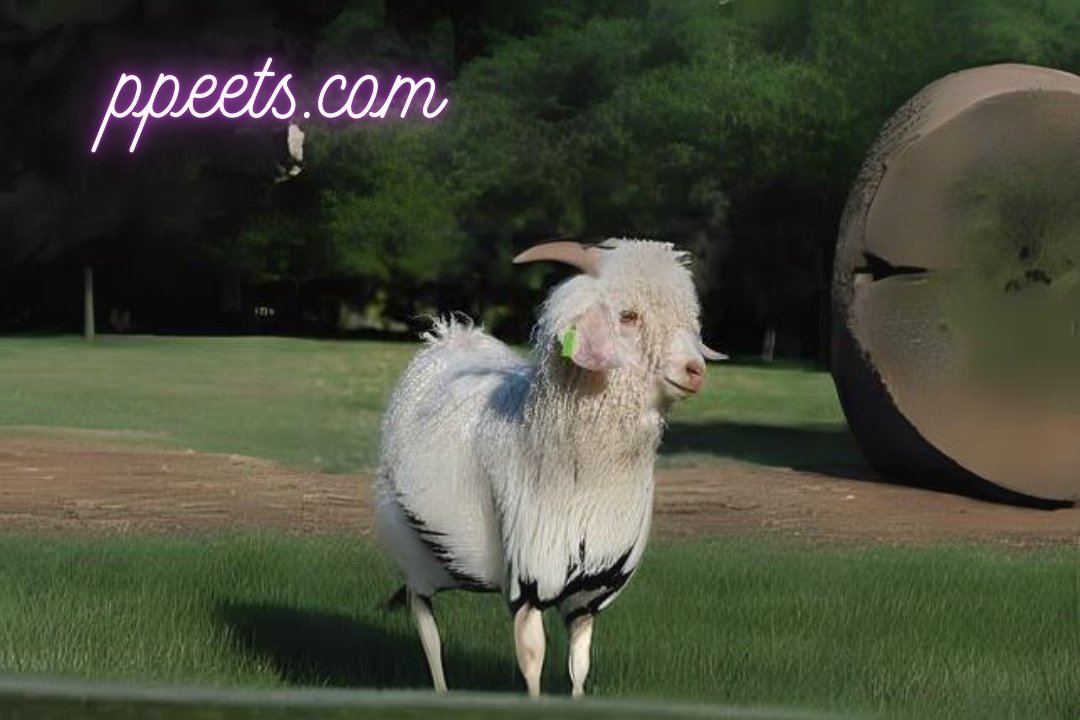
The Fiber Makers of Tastefulness and Utility
Incorporate a thorough rundown of definitive sources and references counseled for the article, guaranteeing precision and believability in the data introduced.
This exhaustive article structure gives a nitty gritty investigation of Angora goats, covering their verifiable foundation, actual qualities, mohair creation capacities, monetary significance, the executives rehearses, social importance, and preservation endeavors. Each part can be additionally improved with explicit models, contextual investigations, and master bits of knowledge to draw in perusers and develop their appreciation for these noteworthy creatures and their important commitments to the material business.
Unquestionably! We should keep on developing the article about Angora goats, covering extra perspectives like their worldwide conveyance, reproducing procedures, utilizes past fiber creation, and their part in supportable horticulture:
Famous for their lavish mohair fiber and smooth appearance, Angora goats have cut a specialty in the worldwide material industry. Starting from antiquated Turkey, these goats have developed through hundreds of years of particular reproducing to become valued for their fine fiber and flexibility to different environments. This article investigates the captivating universe of Angora goats, digging into their starting points, actual properties, mohair creation, monetary importance, the board rehearses, social jobs, and protection endeavors.
Old Turkish Legacy
Angora goats have their beginnings in the rough territory of old Turkey, especially the Angora district (cutting edge Ankara), where they were specifically reared by nearby herders for their fine and luxurious mohair fiber. Authentic records show their presence as soon as 1,000 B.C., featuring their persevering through job in material creation and exchange along the Silk Street.
In the eighteenth hundred years, Angora goats were acquainted with Europe, where their prevalent mohair fiber enraptured material producers and style architects. Their ubiquity flooded during the Modern Upheaval, prompting expanded rearing endeavors and the foundation of mohair creation centers across mainlands. Today, Angora goats are brought worldwide up in districts with reasonable environments for mohair creation, adding to the lively worldwide material market.
Angora goats are respected for their refined and rich appearance, portrayed by a slim form, long, spiraling horns, and a particular Roman nose. Their delicate, shiny layers of mohair fill in thick, curl like twists, which are sheared every year to deliver premium filaments valued for their solidarity, strength, and regular brilliance.
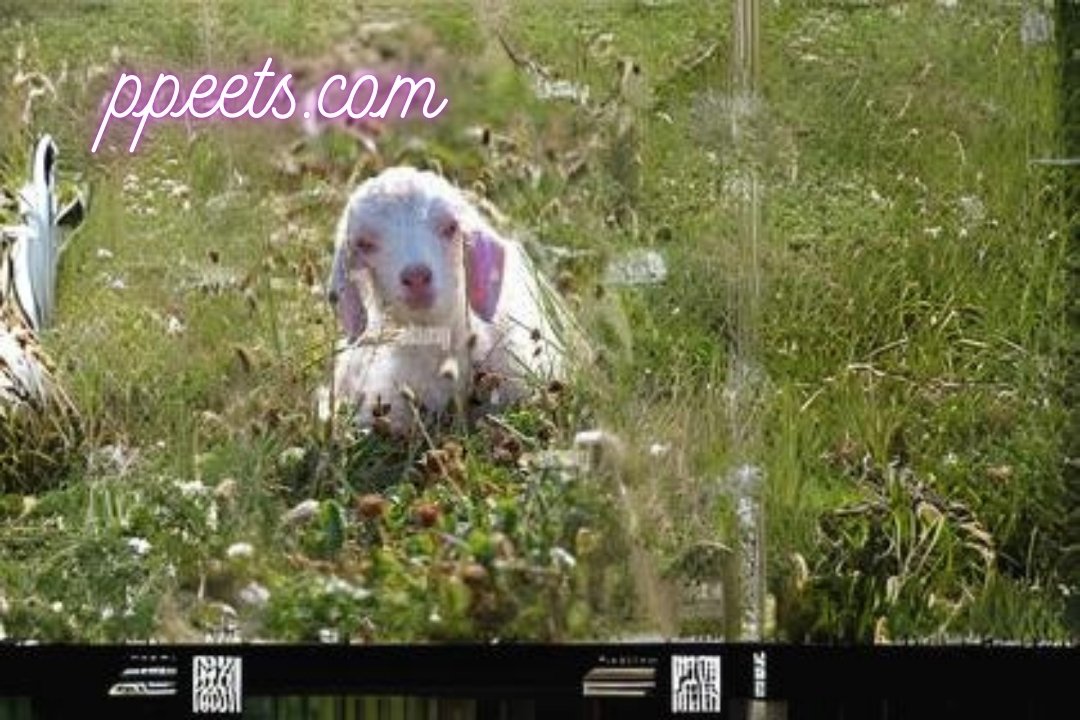
Conclusion
The sign of Angora goats is their sumptuous mohair fiber, famous for its excellent characteristics. Mohair filaments are fine, velvety, and hypoallergenic, making them ideal for a large number of utilizations in style, home stylistic layout, and modern materials. The fiber’s regular flexibility and capacity to ingest colors upgrade its adaptability and appeal to knowing buyers and material producers the same.
Angora goats succeed in mohair creation, yielding critical amounts of fiber with every yearly shearing. Fiber yield changes among people however can go from 3 to 5 kilograms (6.6 to 11 pounds) per goat each year, contingent upon elements like hereditary qualities, sustenance, and the board rehearses. Mohair shearing is a talented cycle that requires cautious dealing with to protect fiber quality and boost yield.
In the worldwide material market, mohair created by Angora goats holds critical financial worth. Its popularity in extravagance design, upholstery, and modern applications upholds a flourishing industry and turns out revenue open doors for ranchers and craftsmans around the world. Mohair creation adds to provincial economies, especially in districts where Angora goats are raised, cultivating manageable jobs and rural variety.
Powerful rearing projects for Angora goats center around improving advantageous qualities like fiber fineness, length, and variety. Raisers utilize hereditary determination, execution testing, and family examination to further develop crowd hereditary qualities and keep up with
